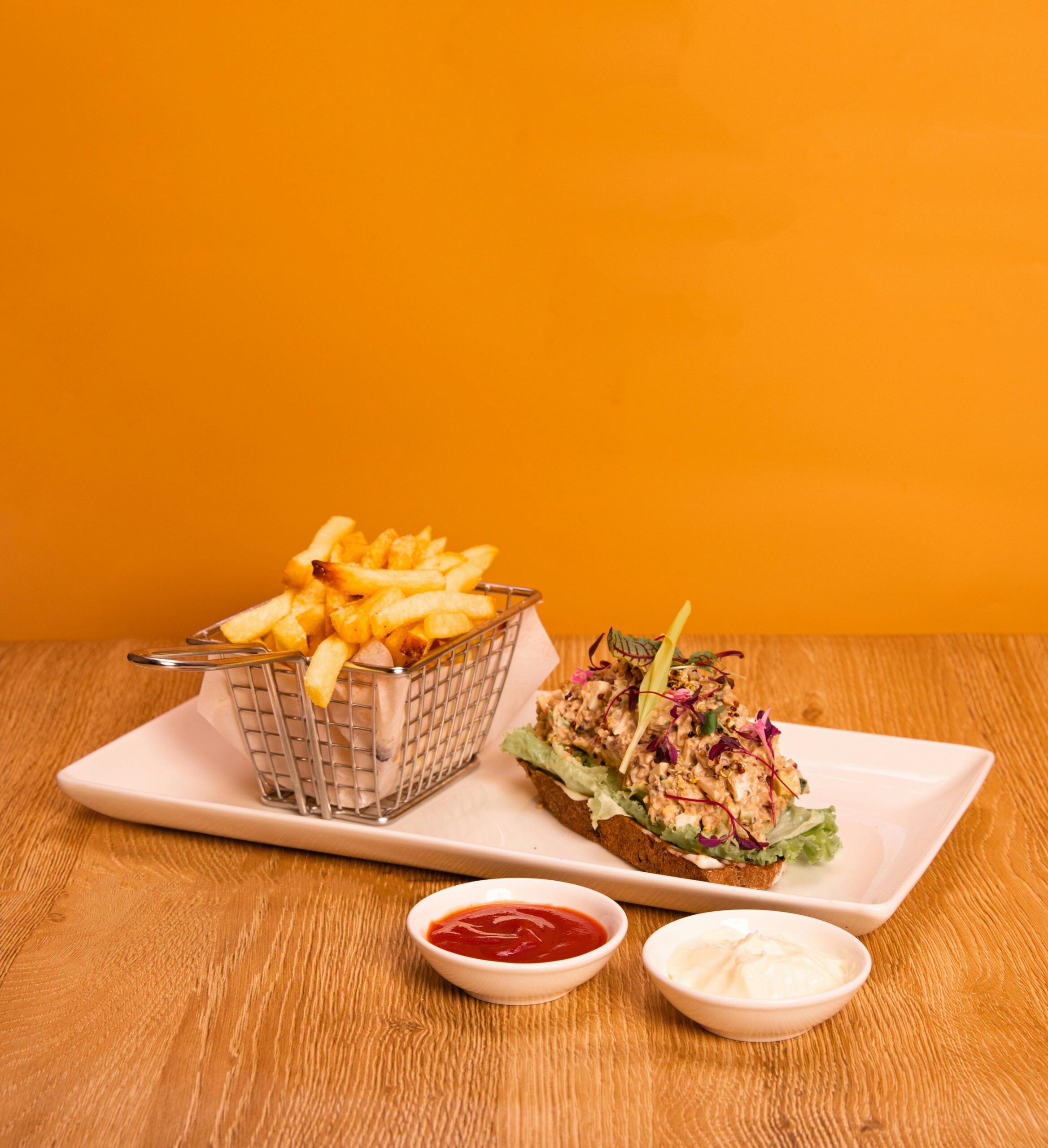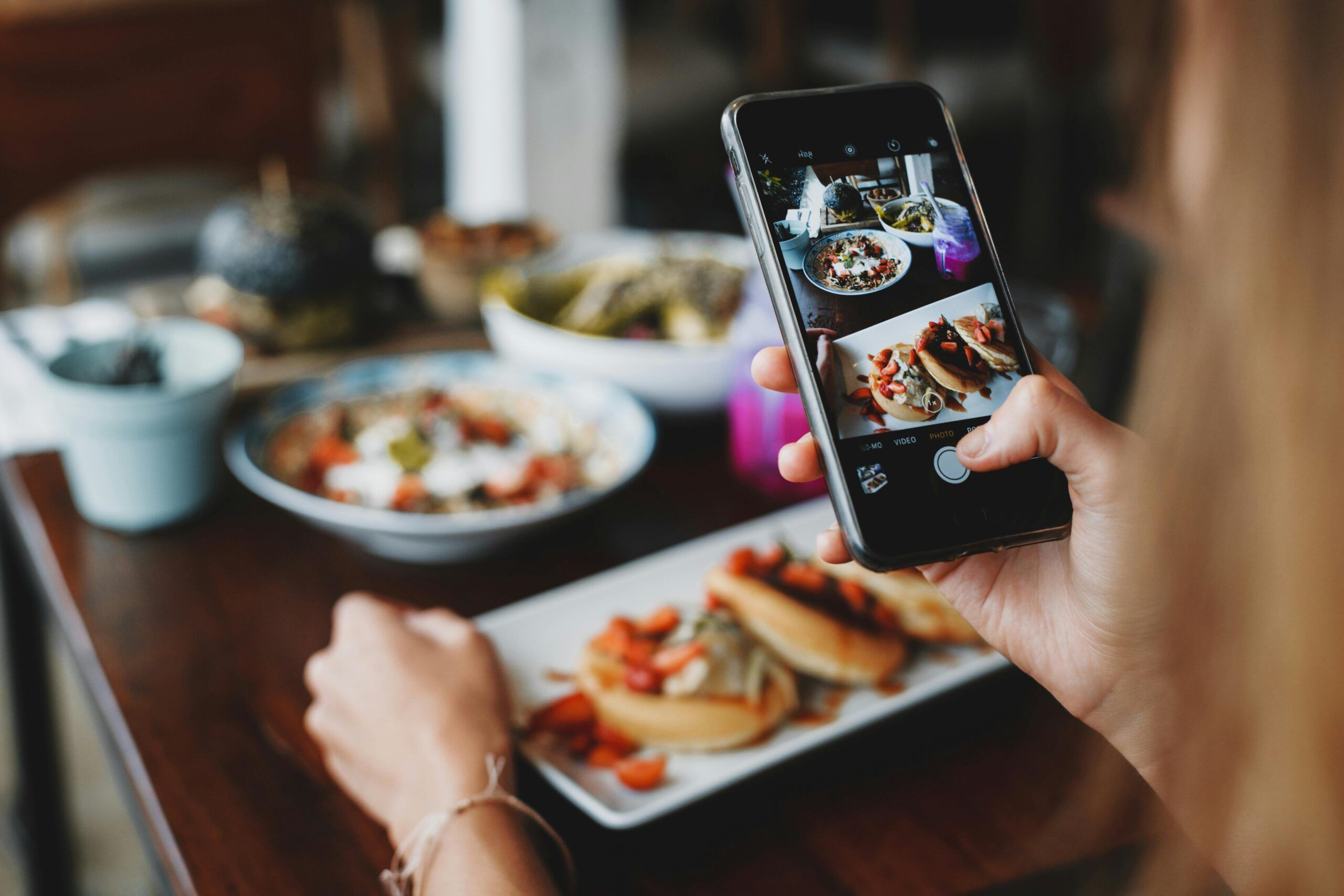- The Role of Storytelling in Restaurant Marketing
- Crafting Your Brand Story
- Doing Your Brand Storytelling Through Menu Design
- Boost Restaurant Sales with the Art of Storytelling
Do you want to unlock the secrets to captivating your customers and boosting your restaurant’s success with the compelling power of storytelling?
Or are you looking for an engaging way to promote your restaurant and build customer loyalty?
Many restaurant owners are turning to the age-old usage of storytelling within their marketing strategies.
In this blog post, Orders.co will explore how restaurant owners use storytelling as part of their marketing strategy, sharing plenty of valuable tips so that you can also have success weaving stories into your campaigns.
From crafting unique menus to creating an immersive atmosphere, discover how you can use the art of storytelling to enhance your marketing and leave a lasting impression on your diners. Let’s go deep to learn more!
The Role of Storytelling in Restaurant Marketing
The role of storytelling in restaurant marketing is to make a compelling narrative that connects with customers and sets the restaurant apart from competitors.
Storytelling helps restaurants build a unique brand story to identify and establish an emotional connection with customers.
By sharing the story behind the restaurant, its menu, and its atmosphere, owners can create a more memorable and personal dining experience for their customer engagement.
Storytelling in restaurant marketing can take many forms, including menu design, ambiance, and staff interactions.
By incorporating elements of their story into these aspects of the dining experience, restaurants can effectively convey their brand message and leave a lasting impression on customers.
Furthermore, by utilizing social media, restaurants can share their story with a broader audience and connect with potential customers more personally and engagingly.
What is a Restaurant Storytelling?
Restaurant storytelling uses brand stories to deliver a powerful and consistent message and create remarkable customer experiences.
Whether through photos, videos, powerful words, and visuals, restaurant storytelling is the key ingredient to creating a deep connection with customers.
With a good story and effective brand storytelling strategies, you can bring unique value to your customers and keep them returning for more!
How does Storytelling Set Restaurants apart from the Competition?
Storytelling is an important customer engagement tool for owners looking to make their establishments stand out from the competition.
People respond more favorably to narrative messages than just facts. Using storytelling marketing techniques, owners can build customer loyalty, deepen customer relationships, and encourage customer engagement in their products.
Through storytelling, customers can learn about the history behind the restaurant and its menu item offerings, as well as any unique features or benefits of dining at that restaurant compared to other restaurants.
The Different Types of Stories Restaurants Can Tell
The History of the Restaurant
Many restaurants have a rich history that can be told through their food, décor, and atmosphere.
For example, a restaurant that has been in business for decades may have old photos on the walls that tell the story of the restaurant’s founding and evolution.
The menu may also feature dishes passed down through generations of the family who owns the restaurant.
The Story of the Owner/Chef
Another type of story that a restaurant can tell is the story of the owner or chef.
It can be done through food and personal touches such as photos or paintings of the owner or chef in the restaurant.
The menu may also feature dishes that are personal favorites of the owner or chef or inspired by their culture or heritage.
The Story of the Local Community
Some restaurants focus on telling the story of the local community in which they are located.
It can be done by sourcing ingredients from local farms and businesses, using local artwork in the décor, and featuring dishes on the menu that are traditional to the area.
This story can help create a sense of pride and belonging among locals who patronize the restaurant.
The Story of Sustainable/Ethical Food Practices
More and more restaurants are focusing on telling stories about sustainable and ethical food practices.
It can include using ingredients sourced from sustainable farms, environmentally friendly cooking methods, and donating surplus food to those in need.
This type of story is becoming increasingly important to consumers looking to support businesses with values that align with their own.
The Story of Creative Cuisine
Finally, some businesses focus on telling stories about creative cuisine.
It can be done through experimental dishes that push boundaries, artful and Instagram-worthy presentations, or by offering unique takes on classic dishes.
This story often appeals to foodies and those who enjoy trying new things.
Crafting Your Brand Story
Crafting a brand story in business marketing is essential in creating a compelling and authentic narrative that connects with customers.
To start, it is essential to identify the unique aspects of the business, such as its history, menu offerings, and atmosphere. This information can make a story highlighting the restaurant’s values and personality.
It is essential to keep the content authentic and reflective of the business’s true identity rather than trying to fabricate a false narrative.
Additionally, the brand mission should be integrated into various aspects of the business, including menu design, atmosphere, and staff interactions.
It helps create a consistent and cohesive customer experience and reinforces the brand story.
It is also essential to be intentional about sharing the brand identity with visitors through marketing efforts, such as social media campaigns and promotional materials.
The Importance of Authenticity in Storytelling
Authenticity is a critical component of storytelling, especially when it comes to effective branding.
For example, a business looking to engage its target audience should consider developing content that can help differentiate a company from similar competitors by demonstrating its unique history and inspiring brand loyalty.
Ultimately, it’s important to remember that creating a brand or origin story requires using actual experiences, values, and beliefs to achieve the best results — making authenticity integral in successful storytelling endeavors.
How to Identify your Restaurant’s Unique Story
Every business owner has a unique history; finding the human connection in that content can be a powerful tool to help create an authentic voice.
Begin by considering all aspects of your business; the menu you serve, the materials used, the setting of your establishment, and any other feature that speaks to customers.
Next, find ways to weave human experiences into each element. Incorporate personal values, connections with local, sustainable sources, charitable organizations, or even stories surrounding the menu items.
Strategies for Integrating your Story into your Marketing Efforts
Once you have identified the unique story of your business, it’s essential to integrate it into your marketing efforts.
Here are five ways to do just that:
Your Inbox, Your Rules!
Tailor your newsletter with the topics you're most interested in.
Use your Story to Connect with your Audience on an Emotional Level
Writing content that can emotionally resonate with an audience can be challenging for talented writers; however, creating cohesive content is one of the critical elements.
By fashioning a storyline that draws in the reader, the writer can craft a piece of work that empowers the reader to feel empathy with the characters and experience their emotions in an intensified way.
Ultimately, this helps foster an emotional connection between writer and reader, providing an enriching experience.
Be Authentic in your Storytelling
Authenticity is essential when it comes to creating compelling content. It’s important to understand the ideal audience you’re making the story for so that your message resonates with them.
It has greater force if a genuine connection can be made through that story!
Small businesses are particularly well-suited for this type, as customers like knowing their money are going towards a heartfelt story.
A unique way to tell an authentic story is by being true to yourself and expressing your thoughts in the same way you would share them with your friends and family.
Make Sure your Story is Consistent with your Brand Identity
Any business needs to ensure its stories remain consistent with its brand identity.
Telling personal stories can be a compelling way of connecting with customers and establishing a lasting relationship, so your stories must align with the personality and values you have already conveyed through your brand.
If a personal story doesn’t match your brand identity, it will confuse your customers or even be put off by the inconsistency.
To ensure consistency on a personal level, always double-check that your stories are accurate to the ethos of your business before sharing them with customers.
Use Different Channels to Share your Story
It’s essential to consider all the different channels you can use to share your story.
Social media is an excellent tool for businesses in the business industry; use platforms like Instagram, Twitter, and Facebook to show off your beautiful dishes or post photos of customers enjoying themselves in your establishment.
You can also produce videos that tell more in-depth stories about your businesses. Videos are an ideal way to relate with customers and create a deeper connection.
In addition, remember to include storytelling elements in your marketing strategy, such as flyers, posters, or menus, so that customers understand who you are when they enter your business.
Keep Telling your Story Even after you’ve Achieved Success
Once you have succeeded in your storytelling efforts, it’s important to continue telling new stories.
These can be stories about customers who come from all over the world and enjoy your business or about special events in your establishment.
By continuing to tell these stories, customers will stay engaged with your business and foster a sense of loyalty towards it.
Telling stories is a powerful way to relate with audiences and create lasting relationships – essential for any business looking to succeed.
Doing Your Brand Storytelling Through Menu Design
With businesses, menu design is a critical component of compelling brand storytelling. It’s an opportunity to relate with customers by showcasing the history behind the restaurant.
Menu design should be more than just organizing food items in a visually appealing way; it should capture the essence of your restaurant while also prompting customers to come back and explore the stories and flavors you offer.
Through thoughtful and creative menu design, it’s possible to build an emotional relationship with restaurant-goers that reinforces the restaurant’s branding and encourages loyalty.
How Can Menu Design Support your Restaurant’s Story?
Small to medium restaurant owners can use menu design to create a unique identity for their establishment and connect with customers personally.
Menu design can display the restaurant’s story through layout, typography, and visual elements such as photos or illustrations. Additionally, menu copywriting should reflect the restaurant’s atmosphere and provide detailed descriptions of dishes.
These details can create an inviting experience for customers that helps them become invested in the story behind your restaurant.
Techniques for Using Menu Design to Convey your Restaurant’s Narrative
Here are a few techniques to create a practical menu design:
Use Beautiful Design and Photography
Incorporate colors and fonts that capture the restaurant’s unique atmosphere.
Organize menu items in a way that conveys stories about why dishes were selected for one another.
Use Clear and Concise Language
Menu copywriting should be concise and easy to understand.
Describe the dishes in a way that reflects the restaurant’s story, such as highlighting local ingredients or sustainable practices.
Additionally, use language that conveys the menu items’ unique flavor profiles without being too technical.
Highlight your Unique Selling Points
Ensure to emphasize the restaurant’s unique selling points, such as locally sourced ingredients or sustainable practices.
It should be done in a way that is appealing to customers and helps them connect with your story.
The Role of Menu Descriptions in A Good Story
Menu descriptions are critical to telling the restaurant’s story and connecting with customers.
The menu descriptions should provide an intriguing glimpse into each dish’s flavors, ingredients, and techniques. It allows customers to gain insight into the chef’s thought process behind each dish, making it more likely that they will be tempted to try them.
Boost Restaurant Sales with the Art of Storytelling
Thus, storytelling can be a powerful tool for restaurant marketing, helping to create a unique and memorable dining experience for customers.
By crafting authentic brand storytelling and integrating it into various aspects of the restaurant, they can establish a deeper connection with customers and set themselves apart from competitors.
Furthermore, by effectively sharing the story through marketing efforts, such as social campaigns, restaurants can reach a wider audience and drive sales.
So don’t wait. Start incorporating the power of storytelling into your restaurant marketing today!



